Search
Remove Ads
Advertisement
Summary 
Loading AI-generated summary based on World History Encyclopedia articles ...
Search Results
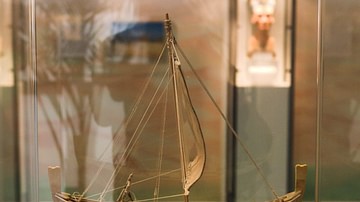
Definition
Uluburun Shipwreck
The Uluburun shipwreck is a Bronze Age vessel discovered lying off the coast of Kas, Turkey. The ship, probably originally from Phoenicia/Canaan, dates to between 1330 and 1300 BCE and was carrying a full cargo of trade goods, perhaps from...

Image
Copper 'Oxhide' Ingot, Uluburun Shipwreck
A copper "oxhide" ingot from the Bronze Age Uluburun shipwreck, 1330-1300 BCE. The ship sank off the coast of Lycia and contained, amongst other cargo, ten tons of copper ingots. (Bodrum Museum of Underwater Archaeology, Turkey)
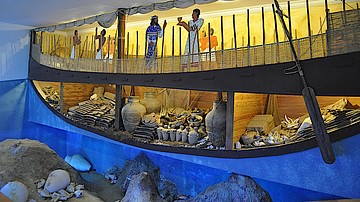
Image
Cargo Reconstruction, Uluburun Shipwreck
A reconstruction of the interior of the Bronze Age Uluburun shipwreck, 1330-1300 BCE. The ship sank off the coast of Lycia and contained, amongst other cargo, ten tons of copper ingots, tin ingots and jars of resin and foodstuffs. (Bodrum...
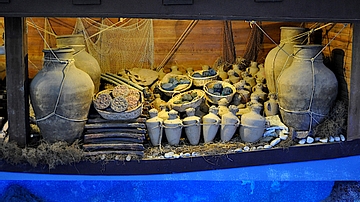
Image
Cargo, Uluburun Shipwreck
A reconstruction of part of the interior of the Bronze Age Uluburun shipwreck, 1330-1300 BCE. The ship sank off the coast of Lycia and contained, amongst other cargo, ten tons of copper ingots, tin ingots and jars of resin and foodstuffs...

Image
Reconstruction of the Uluburun Ship
A reconstruction of the Uluburun, a Bronze age vessel which was sunk sometime between 1330 and 1300 BCE off the coast of Lycia.
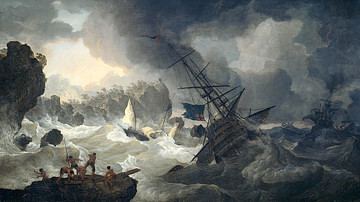
Article
Top 5 'Deep-Dive' Virtual Shipwrecks
According to UNESCO, an estimated three million shipwrecks are scattered in the oceans’ deep canyons, trenches, and coral reefs and remain undiscovered. These shipwrecks preserve historical information and provide clues about how people lived...
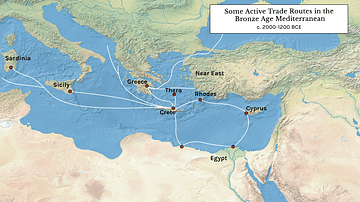
Article
The Minoans & Mycenaeans: Comparison of Two Bronze Age Civilisations
The Bronze Age Aegean in the eastern Mediterranean encompassed several powerful entities: the Minoans on Crete; the Mycenaeans on mainland Greece, and the Cypriots on Cyprus. These cultures are often examined separately, and thus the ample...
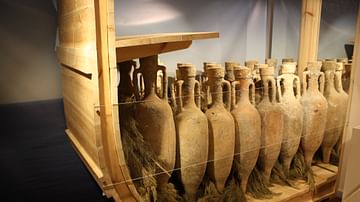
Collection
Trade in the Ancient World
Trade has been going on for as long as humans have needed or wanted something that others had and they did not. Bartering for goods and trade in kind developed into more sophisticated forms of exchanges using commonly agreed commodity currencies...
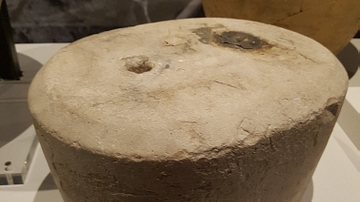
Image
Stone Weight From The Comacchio Shipwreck
A Centussis weight used to weigh the cargo for sale. The stone is inscribed with an 'M' for Magister Navis, the ship's master and the initials 'TRVF', possibly for his name - either Titus Rufius or Titus Rufrenius. The two holes on the upper...
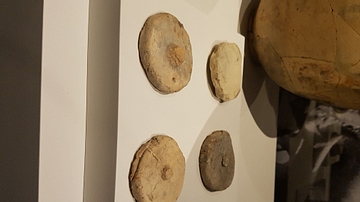
Image
Amphora Stoppers, Comacchio Shipwreck
Four ceramic amphora stoppers from the Comacchio Shipwreck. 25-1 BCE. Museo della Nave di Comacchio, (photo taken at the National Maritime Museum, Sydney, Australia)